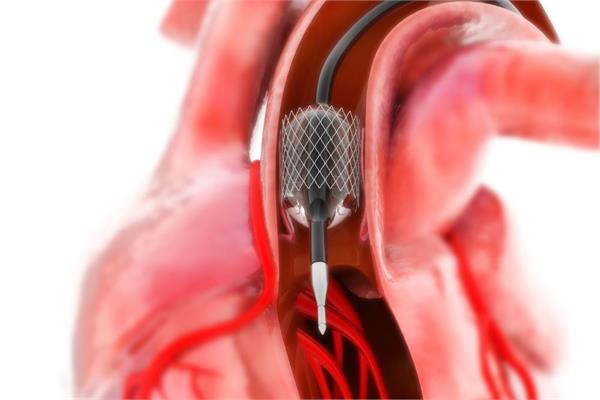
The researchers have studied a noble metal coating reducing thrombo-inflammatory reactions and acute stent thrombosis.
The medical team of Bactiguard together with the Micro and Nanosystems division of the Swedish Technical University KHT and the Department of Clinical Neurosciences at the Karolinska Institute have recently studied the impact of using Bactiguard's noble metal coating to reduce thrombo-inflammatory reactions and acute stent thrombosis. The study concluded that by adding the Bactiguard coating to implant materials, the body's reaction to foreign objects is significantly reduced.
Any medical device inserted into the bloodstream causes a thrombo-inflammatory reaction, this includes activation of the coagulation system, potentially resulting in thrombosis. A stent is a metal mesh designed to open a blocked blood vessel. Activation of the coagulation system and the formation of a thrombosis within a stent are very serious complications that can lead to injury or even death.
The unique feature of Bactiguard's noble metal coating is the ability to reduce microbial adhesion on the surface of a medical device. While other studies had suggested that the coating could also reduce the thrombo-inflammatory reaction, this study was instead conducted to gather more clinical data and evidence of the coating's effectiveness. As a matter of fact, two versions of the coating were applied to the stents: the standard Bactiguard coating made of gold, silver and palladium as well as a modified version that includes neodymium.
The research methods used were both in vivo in pigs and in vitro through the analysis of blood markers, which also included human samples. The pigs underwent implantation of coated and uncoated stents in a blinded manner, where the interventionist did not know which stents were coated and which were not. The experiment ended after two hours, which represents the acute phase of the implant. Stents were then placed in the lingual artery, with one coated and one uncoated on each side. Then, the stent volume has been analysed using data from CT scans and performed by a blinded treatment evaluator. In addition, the researchers conducted laboratory tests using human and pig blood.
The measurements showed that the coated stent group had a notable decrease in blood clot volume compared to the control group. This effect was observed as early as one hour after the stent was implanted and became even more accentuated after two hours. The in vitro data, using both human and pig blood, showed a significant decrease in markers of coagulation and inflammation in the coated group compared to the control group.
“The finding of this study is promising and yet another set of important data supporting the efficacy of Bactiguard’s coating. The combination of infection prevention without increased risk of thrombosis is very appealing and unique for a coated intravascular device,” has stated Stefan Grass, Chief Medical Officer at Bactiguard.